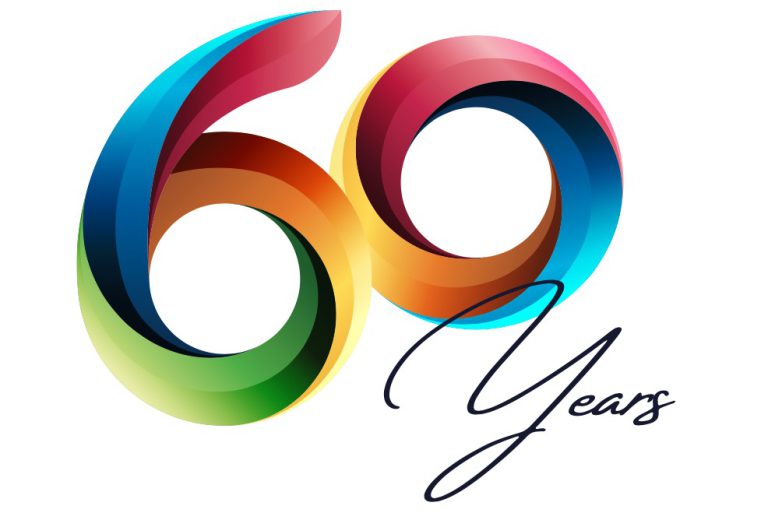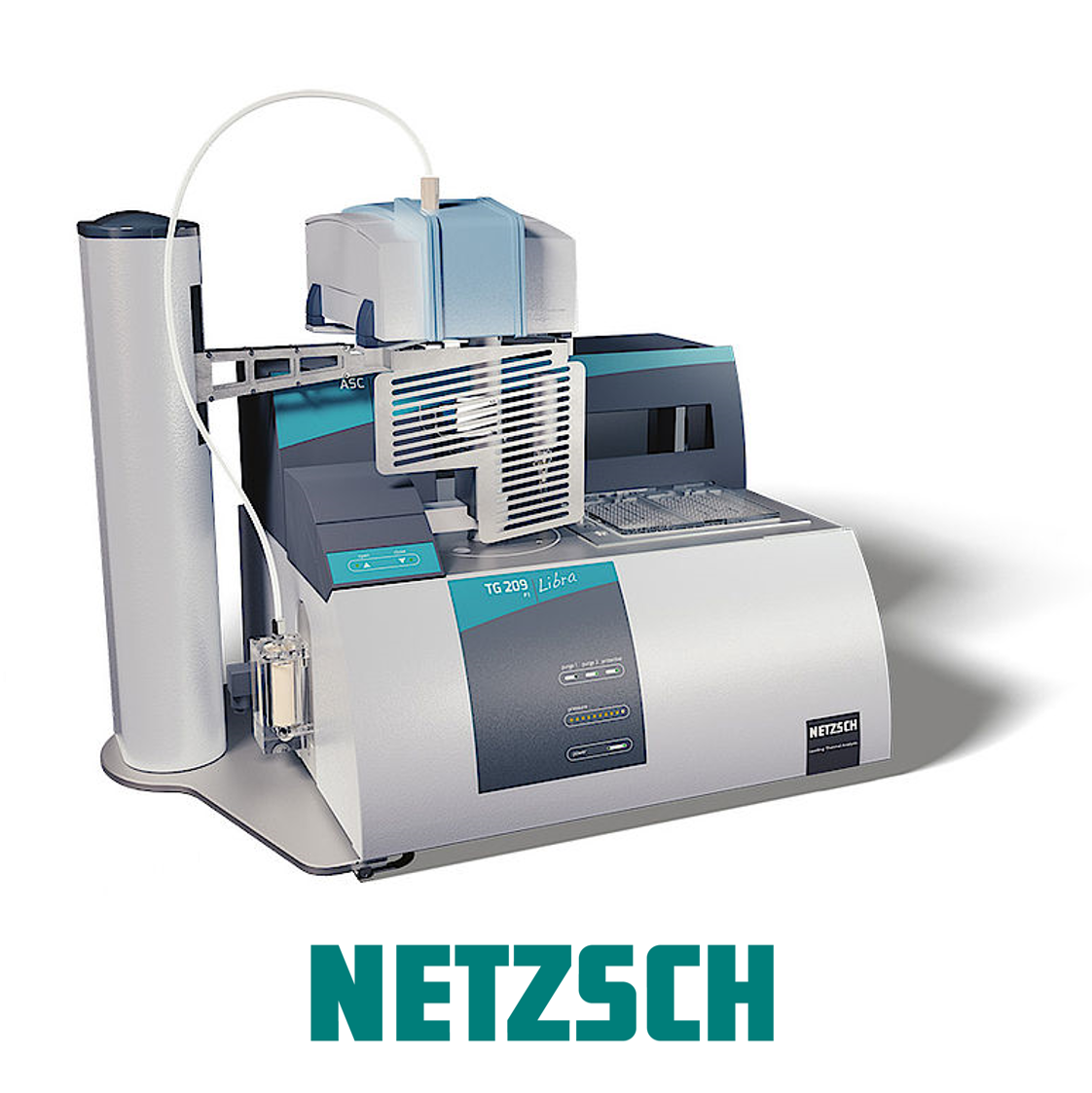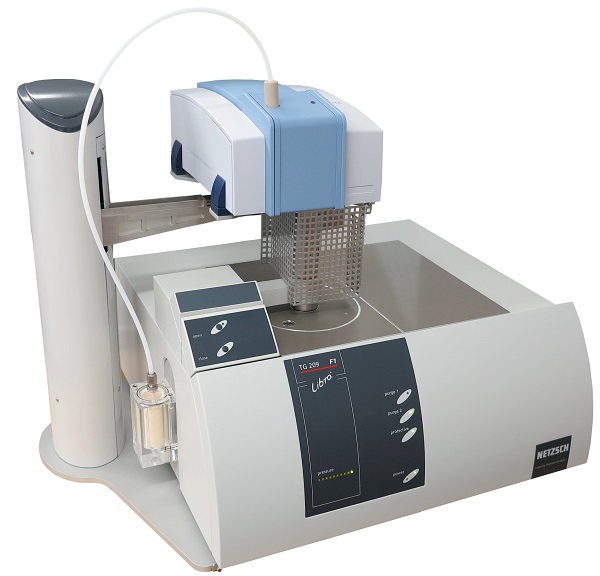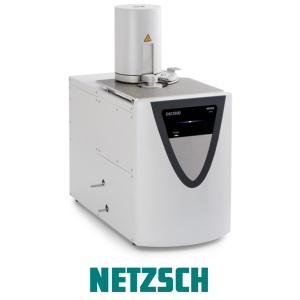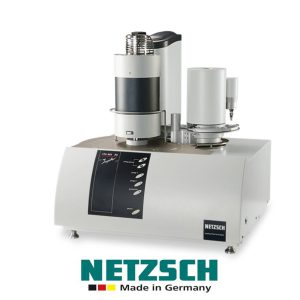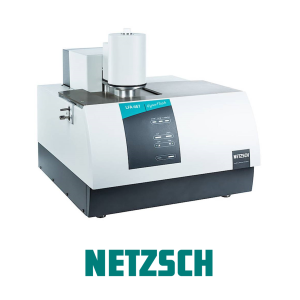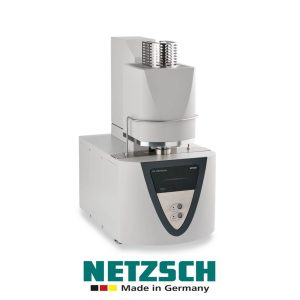תיאור
Evolved Gas Analysis (EGA) is the perfect tool for characterizing the thermal behavior of organics, inorganics, or polymers in more detail, elucidating the chemistry behind the processes.
The PERSEUS® TGA 209 F1 Libra® is robust and stands out by virtue of its high performance, compactness and attractive price. This instrument integrates the small but powerful FT-IR with the TGA and has the potential to fit into any laboratory – be it in universities or industry, quality assurance or development.
Any existing NETZSCH TG 209 F1 Libra® system can be upgraded with the PERSEUS®® coupling.
The PERSEUS® TG 209 F1 Libra® can be employed for the following application areas:
- Analysis of decomposition processes
- Solid-gas reactions
- Compositional analysis
- Evaporation, outgassing
- Detection of volatiles
- Analysis of aging processes
- Desorption behavior
Affordable Gas Analysis
The unrivaled instrument alliance serves as an innovative coupling technique, even for a narrow budget. It has what it takes to become an integral part of any laboratory and may well become indispensable for future needs.
No Liquid Nitrogen required
The DLaTGS (deuterated L-alanine doped triglycine sulfate) detector operates without the need for liquid nitrogen. This system is thus particularly well-suited for test runs with an autosampler (ASC) or long-term measurements.
No Separate Transfer Line
The built-in heated gas cell is directly connected to the gas outlet of the furnace via a heated tube. The low volume of this short gas path guarantees fast response and becomes quite advantageous in cases where condensable evolved gases are released by the sample.
Space-Saving Design
No separate FT-IR spectrometer is required. The footprint of the PERSEUS® TG 209 F1 Libra® coupling is identical to that of a standard TG 209 F1 Libra®. This makes the coupled system ideally suited for labs in which space is limited.
which space is limited.
Key Technical Data
(subject to change)
-
Gas cell length/volume:
70 mm / 5.8 ml (no mirror inside, beam conforming design)
-
Detector:
DLaTGS
-
Heating of gas cell:
200°C in maximum, software-controlled
-
Spectral range of FT-IR data:
6000 cm-1 to 500 cm-1
-
Gas cell:
Window ZnSe, sealing Viton©
-
Heating of transfer tube:
two options (temperature-controlled; using a constant voltage supply source)
